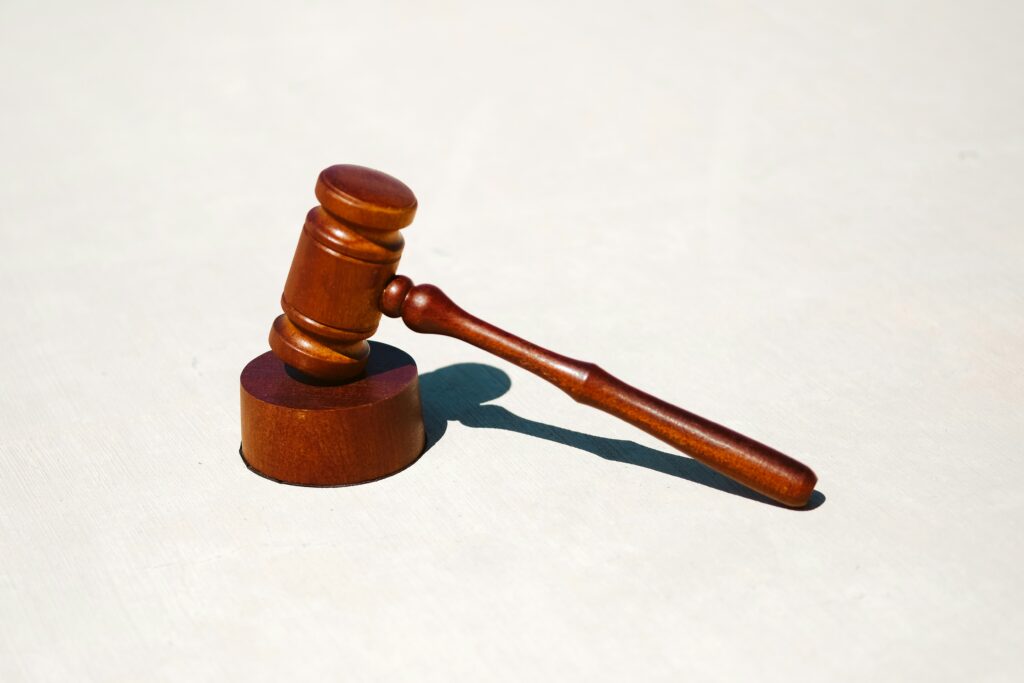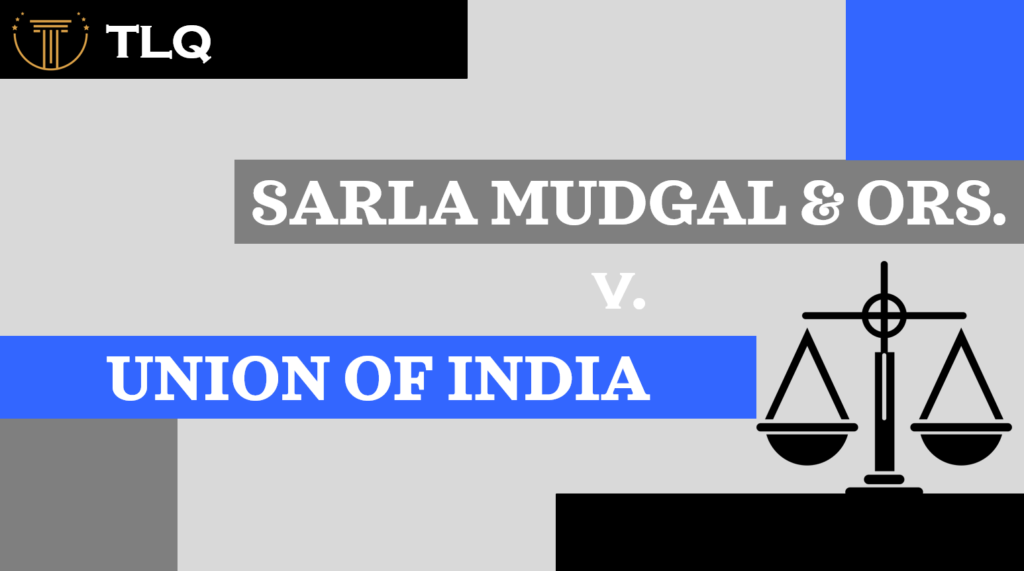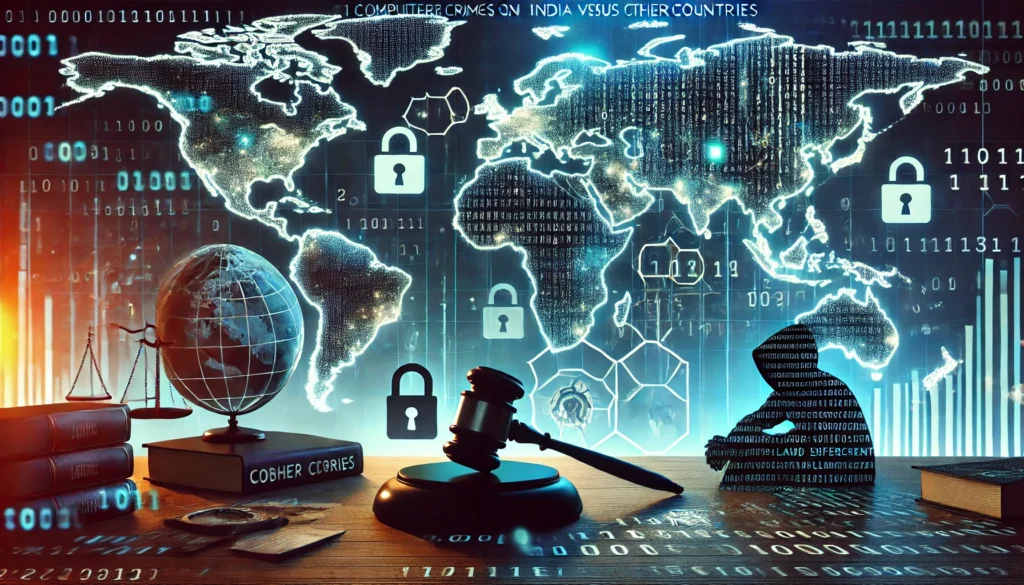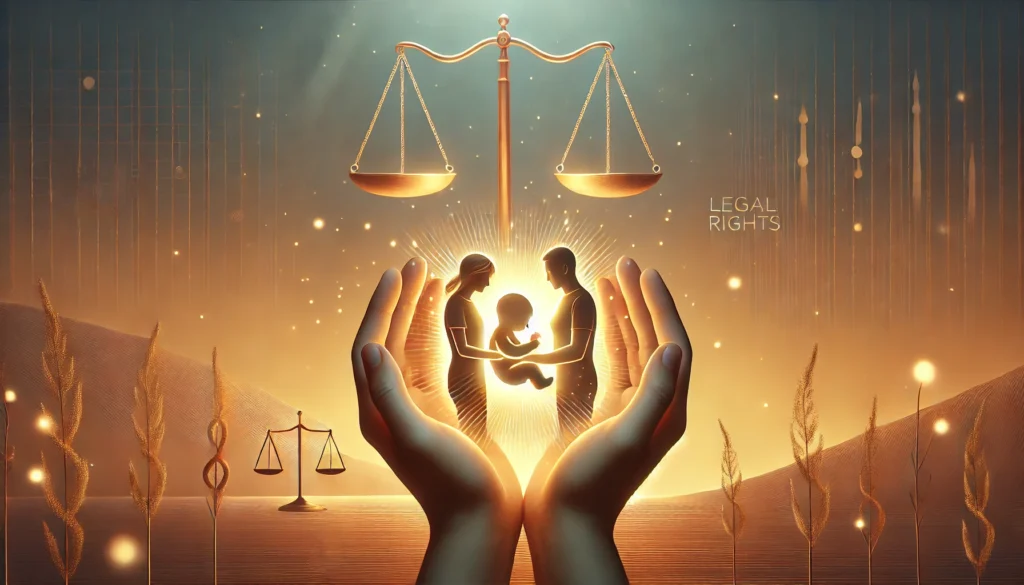Published On: 18th April, 2024
ABSTRACT :
- Alcohol consumption has been a part of Indian culture for centuries, and over the past two decades, there have been significant changes in the quantity and resulting issues associated with it.
- This particular category of alcohol, which is produced for revenue purposes, includes popular Western-style distilled beverages like whisky, rum, and gin. These beverages are manufactured in India under government license, with a maximum alcohol content of 42.8%.
- However, alongside licensed distilleries, there are also numerous small-scale production units operating illegally. These clandestine operations use similar raw materials as country liquor, but since they evade legal quality controls, the alcohol concentration in their products varies and adulteration is common.
- It is not uncommon to find samples of rum, whisky, and gin with alcohol content as high as 56%. The most dangerous adulterant found in these illicit products is industrial methylated spirit, which can cause severe toxicity and even lead to loss of life or irreversible eye damage.
- Due to the absence of government regulations and taxes, illicit liquor is significantly cheaper than legally produced country liquor, making it easily accessible to the economically disadvantaged population.
INTRODUCTION:
- Those who vend alcohol and alcoholic potables or drinks have access to a liquor license. Liquors are colorful types that deal with different kinds of colorful alcoholic substances. The alcohol that goes through the process of distillation is known as liquor.
- Getting a liquor license in India for a shop or any other purpose can be a long and delicate process. As countries may differ from different and colorful licensing policies, every place has different conditions for carrying and dealing liquor, in India generally if one needs to vend liquor first the person has to carry a liquor license.
- Generally, hospices, bars, restaurants, cafés, clubs, and liquor stores, own a license to vend liquor to the public or serve liquor to the public. So, to prove these legal merchandisers are needed to hold a liquor license.
- Registration for a liquor license is obligatory for the merchandisers or differently, it’ll be proven illegal.
- Liquor is just further than a drink that’s served in restaurants, cafés, clubs, and bars, as the utmost of them are enrolled with the socio-legal background of the nation. often, they are associated with political parties crimes, and other perilous activities.
- Also, over time, inordinate use of liquor can lead to several developments of habitual conditions and other serious problems, including heart complaints, liver problems, high blood pressure, stroke, digestive problems, cancer of the bone, mouth, liver, esophagus, [1] This is why in the edict to control and regulate liquor consumption every government of each country allows a liquor license.
What does a liquor license do?
- Which businesses are allowed to vend alcohol
- Where and when which business can vend alcohol
- At one time how important alcohol can be vented
- One business can charge how to extent for alcohol selling.
- Which kind of intoxicating potables is suitable to be vented at request
- Alcohol can be served to whom.
- Who and which types of businesses are allowed to make and put up for trade the alcohol[2]
Liquor and states:
- The vital origin of the country’s income is producing and putting up for selling of liquor. And the continuing comes when the countries are floundering fat among the disarranging report of lockdown.
- Liquor contributes a veritably high quantum of gains to partner chequers of countries UTs except for Bihar and Gujarat. Nagaland had banned liquor (Nagaland Liquor Total Prohibition (NLTP) Act 1989,) [3]the trade of Indian-made foreign liquor (IMFL) but the original prepare ‘zutho’ is exempted from the prohibition.
- States exercise duty on trade and yield of liquor. Countries like Tamil Nadu also put Handbaskets (value-added duty)[4]
- States also put a charge on special freights on imported foreign liquor, transport figures, and marker and brand enrollment charges. The state of Uttar Pradesh had assessed a special duty on liquor to collect finances for some special purposes.
What does state excise duty on alcohol mean?
- State excise duty is the name given to the tax that the state government collects on alcohol Not all excise taxes are collected by the center. State governments levy excise taxes on a select few products[5], including alcoholic beverages, alcoholic mixers, and illegal drugs.
Why was alcohol not subject to GST?
- The states get more than $45,000 billion annually on average in excise taxes from the sale of alcohol. Most states’ tax revenue is made up of alcohol to an extent of 10–15 percent[6].
- In actuality, state excise taxes on alcohol are the second or third greatest source of state-owned tax revenue, with GST being the biggest contributor. States have always wished to keep alcohol because of this.[7]
Heavy Drinking Habits in India:
- The heavy drinking habits prevalent among Indian drinkers are a matter of great concern. According to the Substance Use Study 2019, a staggering 43% of consumers indulge in consuming more than four drinks in a single sitting. This dangerous behavior, known as ‘Heavy Episodic Drinking,’ puts individuals at a significantly higher risk of developing chronic health issues (Ambekar et al., 2019). Shockingly, 26.8% of alcohol consumers also engage in physical altercations after drinking, 21.2% engage in risky daytime alcohol consumption, and 4.1% are at a greater risk of road traffic accidents when driving under the influence. [8]
- The consequences of heavy drinking are alarming. Approximately 2.7% of India’s population, which amounts to a staggering 29 million individuals, suffer from acute alcohol dependence. Even more worrying is the fact that 5.2% of people across all age groups (10-75 years) consume alcohol in a harmful or dependent pattern.
Liquor utilization – A male infatuation :
- The significant disparity in alcohol consumption between genders in India is evident when comparing the average per capita consumption (APC) of males (9.4 liters) and females (1.7 liters). This gender divide is a concerning issue that needs to be addressed.
- According to a recent National Substance Use Survey conducted by the All India Institute of Medical Sciences (AIIMS) in 2019, it was found that 14.6% of the Indian population aged between 10-70 years consumes alcohol. However, there is a substantial difference in the percentage of male and female drinkers. Only 1.6% of women reported drinking alcohol, while a staggering 27.3% of men admitted to consuming alcohol. [9]
- Furthermore, the survey revealed that one in five men who consume alcohol suffer from alcohol dependence, whereas for women, it is one in sixteen.
- Even considering potential reporting inhibitions among women, the level of disparity remains alarmingly high. Another concerning finding from the survey is that 1.3% of children between the ages of 10-17 also consume alcohol. This highlights the urgent need for action to address this issue and protect the well-being of the younger generation.
- India is globally recognized as the second-largest consumer of spirits, following China. Additionally, it holds the title of being the largest consumer of whisky worldwide, accounting for half of the global consumption.
- This heavy reliance on hard liquors has significant implications for public health, including increased spending on alcohol-related ailments, domestic violence, impaired work productivity, and road safety concerns. In comparison to the high consumption of spirits, the consumption of beer (21%) and wine (4%) is relatively low, despite the high taxation rates imposed on these beverages.
- It is crucial to address this gender disparity in alcohol consumption and promote responsible drinking habits among both men and women.
Liquor and social health :
- Excessive and/or detrimental alcohol consumption has significant implications for public health. Various studies have cautioned about the numerous medical complications that can arise depending on the level and frequency of alcohol use. These complications include gastrointestinal diseases such as alcoholic liver disease, different types of cancer like breast, oral, and esophageal cancer, muscular changes such as muscular atrophy, neurological issues like blackouts, blurred vision, impaired memory, and slower reaction times, as well as psychiatric complications including anxiety, depression, and suicide (Eshwar et al., 2020). The World Health Organization’s Substance Abuse Report of 2018 identified 260,000 alcohol-related deaths, with major causes being liver cirrhosis (140,000), road accidents (930,000), and cancer (31,000).[10]
- Despite the increasing alcohol consumption in India and the significant revenue generated through excise duties, the Indian government has set a National Target aiming for a 10% relative reduction in alcohol use by 2025.
- In line with the WHO’s Global Strategy to Reduce the Harmful Use of Alcohol (2010), which recommends the implementation of laws to regulate the availability of alcohol to prevent easy access for vulnerable and high-risk groups, it is worth questioning whether the current alcohol policy in India aligns with the state’s proclaimed public health objectives (WHO, 2010).
Liquor and Domestic abuse :
- The National Family Health Survey (NFHS-4) 2015-16, specifically the India report, reveals concerning statistics regarding the correlation between alcohol and Domestic Violence (DV). According to the report, 71% of women who have husbands who frequently consume alcohol have experienced physical or sexual violence, whereas only 22% of women with husbands who do not abuse alcohol have faced such violence (IIPS and ICF, 2017). [11]
- It is important to note that alcoholism may not be the sole cause of DV, as instances of violence have also been reported in households where the husband is nonalcoholic. Additionally, various factors contribute to spousal violence, including the education level of both spouses, the age of the woman, religious affiliation, caste, and occupation (Mahapatro et al., 2012). However, it is crucial to acknowledge that granting state permission for increased alcohol sales potentially lowers one of the thresholds for domestic violence. significant concerns related to public health, equity, and gender parity, which must be taken into account during the formulation of policies.
Offer of different kinds of liquor in Indian frugality:
- India is the earth’s second biggest vibrant country and third biggest liquor request in the world, with a value of 35 billion.
- It’s estimated to increase6.53 percent from 2023- 2027
- In 2008 alcohol consumption was 16, 098 lakh liters.
- In 2016 it was 5.38 billion liters.
- In 2018 it was 382 lakh liters.
- In 2020 it was 6.53 billion liters.
- Beer consumption in 2008 was 000 lakh liters.
- In 2018 it was 250 lakh liters.
- In 10 times rise was 142.
- Wine consumption in 2008 was 113 lakh liters.
- In 2018 it was 307 lakh liters.
- In 10 times rise was 172
- Vodka consumption in 2008 was 362 lakh liters.
- In 2018 it was 803 lakh liters.
- In 10 times rise was 122
- Brandy’s consumption in 2008 was 930 lakh liters.
- In 2018 was 650 lakh liters.
- The rise of 10 times was 92[12]
- Whisky consumption in 2008 was 190 lakh liters.
- In 2018 it was 790 lakh liters.
- Rise in 10 times was 83
- Rum consumption in 2008 was 310 lakh liters.
- In 2018 it was 880 lakh liters.
- Rise in 10 times was 17
- Alcohol consumption per person in 1990 was 5.9 liters and in 2017 was 6.5 liters.[13]
- Rising to it a leading case arose on the 28th of February 1983, Sanmukh D. Makhija And Anr., M.V. Bhatia VS State of Maharashtra And Ors.[14] The case was held and declared by the Bombay High Court. In this case, the court concluded its final verdict as:-
- The Maharashtra Country Liquor (Second Amendment) Rules, 1981, have been deemed valid. However, it is important to note that the increases in fees implemented by these Rules, which came into effect on November 6, 1981, will only apply to licenses that were granted or renewed after this date.
- Therefore, for the petitioners in question, these Rules cannot be enforced for the duration of their licenses, which will end on March 31, 1982, despite any bonds that may have been issued.
- As a result, the petitions have been partially granted, and the letters demanding the difference in fees from the petitioners have been invalidated and revoked. Considering the circumstances of the case, no costs will be imposed.
- During the initial consideration of these petitions, the petitioners were granted temporary relief from the recovery of the fee difference, on the condition that they provide a bank guarantee.
- Accordingly, the petitioners have fulfilled this requirement by providing bank guarantees. In light of the stance we have taken, the bank guarantees provided by the petitioners are now discharged.
- Hence, the Supreme Court has affirmed the notion that the higher the fees imposed for obtaining a license, the more effective the regulation becomes. This is because charging substantial fees acts as a deterrent for undesirable individuals and also helps to maintain a reasonable number of participants in the business.
- The responsibility of determining the amount of fees for granting a license lies with the government, and the licensee does not have the right to challenge any increase based on unreasonableness.
- Considering the underlying policy and the principles established by the Supreme Court in the case of Har Shankar, it is not feasible to accept the argument that the contested Rules, which are a form of subordinate legislation, can be invalidated due to their unreasonableness or arbitrariness.
What is the minimum age for legally consuming alcohol in various Indian states?
- As the regulations for the consumption and distribution of alcohol vary in different countries, each state has its own set of age requirements without a lawful drinking age.
- Here is a colorful list of the legal drinking age in various countries. Delhi, Punjab, Haryana, Chandigarh, Maharashtra, Dadra Nagar Haveli, and Daman and Diu were mentioned 25 times.
- The Delhi Excise Department has proposed to lower the legal drinking age for wine and beer to 21 in a request submitted to the Delhi Government; however, the age limit for hard liquor will remain at 25. A liquor license obtained from a Government Civil Hospital is required to consume alcohol in Maharashtra, but this is uncommon[15]
Categorization of alcohol licenses:
- Although a single liquor license is granted to cover a variety of alcohols in several Indian States, particular states mandate the submission of an application to acquire a license for a specific class. As a result, in states where permits are mandatory for various alcohol categories, India offers a range of general liquor licenses.
- The Beer and Wine License is intended for individuals who desire to market gentle alcoholic beverages such as beers and wines. After obtaining a Beer and Wine License, the license holder is prohibited from handling any type of strong alcohol. The license for serving liquor in a restaurant is referred to as the Restaurant Liquor License[16]
The paperwork required to obtain an alcohol sales license :
Documents must be obtained to apply for a liquor license in each state.
The items are as follows:
- The applicant’s identity must be verified.
- Evidence of the applicant’s residence.
- Documentation proving the precise location of the building where alcohol is produced, sold, stored, or served.
- Obtained approval or clearance from the local and state fire departments of the municipal corporation.
- An application that includes the applicant’s personal and professional data.
- The MOA and AOA are replicated in the case of businesses.
- A dupe of the most recent income duty return.
- Applicants’ headshot.
- A sworn declaration stating that the person using that name has no criminal history.[17]
What is the usual amount of time needed for a liquor license application to be processed?
- Processing a liquor license application varies depending on the state and type of license, but it usually takes around 90 days to five or six months.
- The cost of obtaining a liquor license can vary from a few hundred dollars to millions of dollars depending on the liquor laws of the state, the variety of liquor, and the kind of license sought. It is important to have sufficient space-time before starting the application process.
- You must renew your liquor license every year and this could mean paying a fee to renew it. The crucial element is knowing expenses and schedules.[18]
The authenticity and extension of the license:
- The validity period of a Liquor License is one year starting from the day it is issued. Once a liquor license has expired, it may be renewed every year through the completion of the renewal application form found on the State Excise Department’s website and payment of the corresponding renewal fee.
- Application and renewal fees must be submitted and paid within 30 days of license expiration. The renewal fee may be reduced depending on the applicant’s behavior and positive reputation[19]
Conclusion:
Even though it might seem scary at first, anyone can start a profitable liquor-based business anywhere in the nation by following a few easy steps. The key to this is to adhere to the regulations set forth by the state excise department in your area. Getting professional legal assistance will ensure that you overcome all obstacles without difficulty and that your company is up and running without any hiccups.
Reference(s):
[1] “National Center for Biotechnology Information.” https://www.ncbi.nlm.nih.gov/pmc/articles/PMC6826790/.
“Licensing – Tennessee.” https://www.tn.gov/abc/licensing.html.
[3] “Nagaland Government Examine Issues Regarding Implementation Of NLTP Act ….” 25 Feb. 2022, https://www.northeasttoday.in/2022/02/25/nagaland-government-examine-issues-regarding-implementation-of-nltp-act-1989/.
[4] “INDIAN MADE FOREIGN LIQUOR – The Economic Times.” 14 Nov. 2022, https://economictimes.indiatimes.com/topic/Indian-Made-Foreign-Liquor.
[5] “States with the total and phase-wise prohibition of alcohol in India.” 06 Apr. 2016, https://indianexpress.com/article/india/india-news-india/bihar-liquor-ban-states-having-total-prohibition-gujarat-kerala/.
[6] “No input tax credit for liquor sales: GST-AAR – Times of India.” 28 Feb. 2023, https://timesofindia.indiatimes.com/business/india-business/no-input-tax-credit-for-liquor-sales-gst-aar/articleshow/98287927.cms.
[7] “Alcoholic Beverage Tax | Department of Taxes – Vermont.” https://tax.vermont.gov/business-and-corp/alcoholic-bev-tax.
[8] Eashwar VMA, Umadevi R, and Gopalakrishnan S, ‘Alcohol Consumption in India– An Epidemiological Review’ (2020) 9 Journal of Family Medicine and Primary Care 49 <https://journals.lww.com/jfmpc/fulltext/2020/09010/alcohol_consumption_in_india__an_epidemiological.10.aspx> accessed 17 February 2024
[9] ‘NDDTC, AIIMS Submits Report “Magnitude of Substance Use in India” to M/O Social Justice & Empowerment’ <https://pib.gov.in/Pressreleaseshare.aspx?PRID=1565001> accessed 17 February 2024
[10]Jha DN, ‘No Amount of Alcohol Is Safe for Drinking, Warns WHO’ The Times of India (12 January 2023) <https://timesofindia.indiatimes.com/india/no-amount-of-alcohol-is-safe-for-drinking-warns-who/articleshow/96923636.cms> accessed 17 February 20
[11] ‘Who Facts on: Intimate Partner Violence and Alcohol | Office of Justice Programs’ <https://www.ojp.gov/ncjrs/virtual-library/abstracts/who-facts-intimate-partner-violence-and-alcohol> accessed 17 February 2024
[12] “How the alcohol industry is having an impact on the Indian economy.” 07 Jan. 2023, https://timesofindia.indiatimes.com/blogs/voices/how-the-alcohol-industry-is-having-an-impact-on-the-indian-economy/.
[13] “How the alcohol industry is having an impact on the Indian economy.” 07 Jan. 2023, https://timesofindia.indiatimes.com/blogs/voices/how-the-alcohol-industry-is-having-an-impact-on-the-indian-economy/.
[14] ‘Sanmukh D. Makhija And Anr., M.V. Bhatia … vs State Of Maharashtra And Ors. on 28 February, 1983’ <https://indiankanoon.org/doc/1677796/> accessed 17 February 2024
[15] “Explained: The minimum legal drinking age in some countries across the ….” 23 Dec. 2021, https://indianexpress.com/article/explained/explained-minimum-legal-drinking-age-countries-world-7687320/.
[16] “License Types | Alcoholic Beverage Control – California.” https://www.abc.ca.gov/licensing/license-types/.
[17] “Obtaining An Alcoholic Beverage Permit – ATC.” https://www.in.gov/atc/alcohol-resources/alcohol-beverage-information/obtaining-an-alcoholic-beverage-permit/.
[18] “License Application Process | Alcoholic Beverage Control – California.” https://www.abc.ca.gov/licensing/apply-for-a-new-license/license-application-process/.
[19] “License Application Process | Alcoholic Beverage Control – California.” https://www.abc.ca.gov/licensing/apply-for-a-new-license/license-application-process/.





